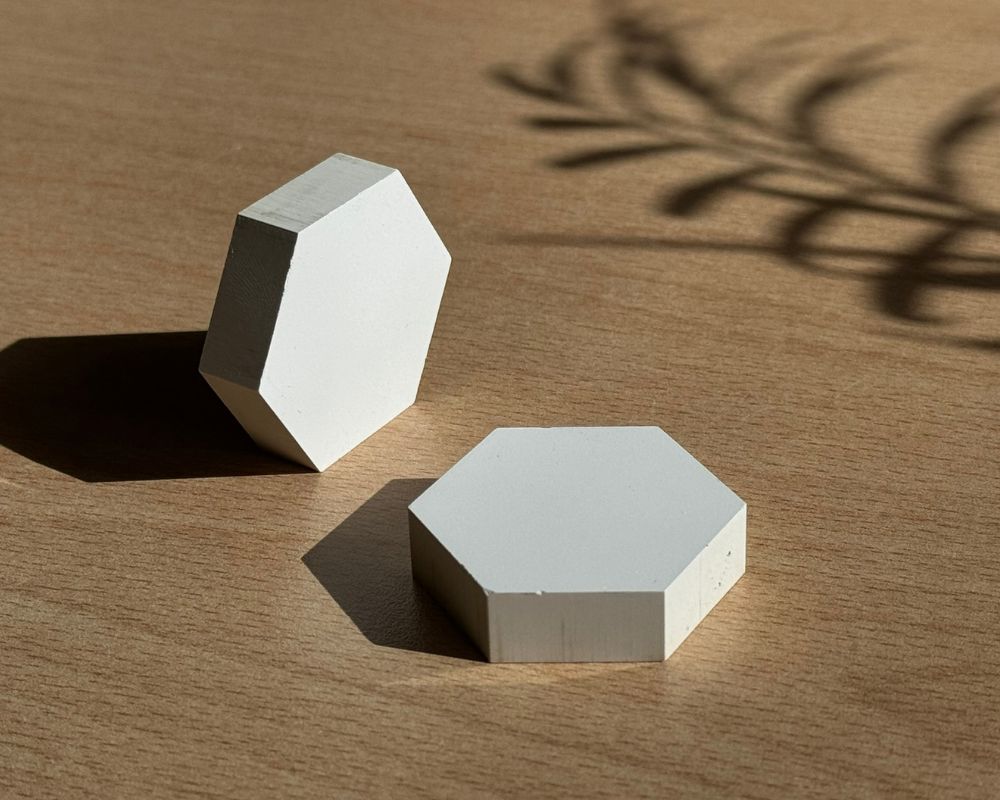Alumina (aluminium oxide -Al2O3-) is a ceramic with a crystalline structure that makes it extremely hard. It is currently considered one of the most cost-effective and widely used ceramic materials.
Alumina 95 and Alumina 995 are some of the materials we use at Steelceram. Discover our materials.
At Steelceram we work with Alumina Al95 and Al995 Alumina, alloys developed for specific situations in today’s industry where hardness, maximum operating temperature and higher compressive strength than other technical ceramics are essential.
How do we get alumina?
Alumina starts as a powder which, after being compressed, can be machined or not, before being fired. After firing, working with alumina is only possible with diamond tools.
The material has a hexagonal crystalline structure, with a melting temperature of 2400°C. Depending on the size and number of components required, alumina can be manufactured by pressing, extrusion, casting or injection moulding.
What are the mechanical properties of alumina?
Alumina has mechanical properties that make it a unique and ideal material for some of the needs of modern industry.
- Hardness: Alumina is a 9 on the Mohs scale. It cannot be scratched by anything with a lower hardness, so alumina can only be damaged by very few materials, including diamond.
- Compressive strength: This is the strength of alumina, which can reach 3000 (Mpa), a value that can exceed that of Zirconia. As insulators for screws, they work perfectly as alumina is subjected to constant compression to guarantee tightening.
In addition to these mechanical properties, the following characteristics must be taken into account in alumina:
Thermal resistance: High conductivity and a melting point that exceeds 2000ºC which makes it a very versatile material that can be used in different processes and situations. It also has a low coefficient of expansion which limits its expansion and contraction.
Chemical resistance: Alumina is chemically stable and can be used with many types of strong acids and alkalis at high temperatures.
Maximum continuous use temperature: Can reach up to 1000°C with a thermal shock of 180▲°C.
Low coefficient of friction: Allows its use in non-lubricated areas and in combination with its thermal resistance and low coefficient of expansion allows new, more efficient systems to be developed with less wear.


